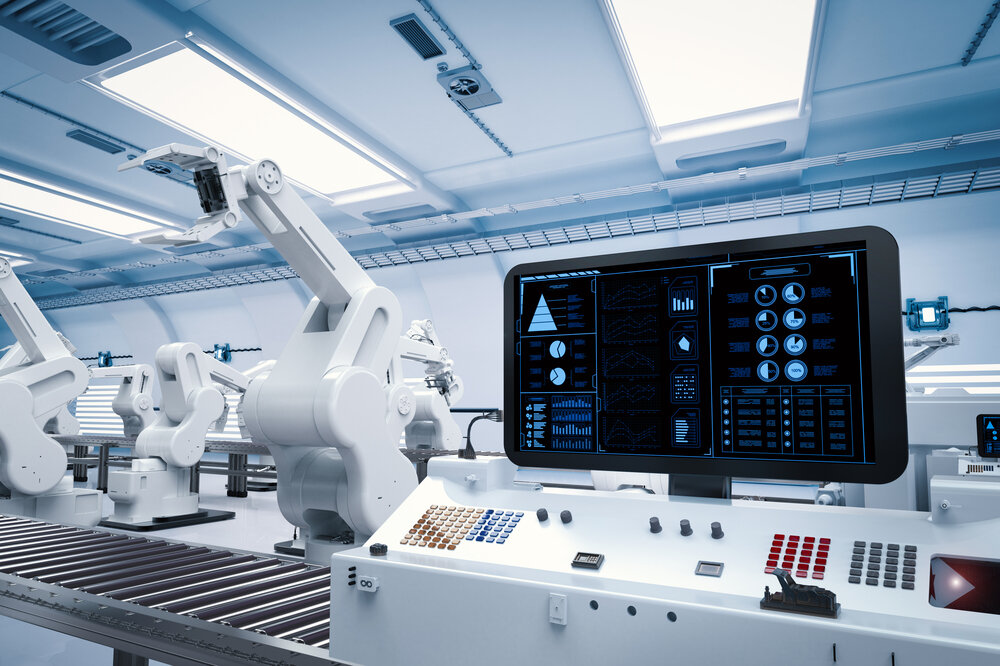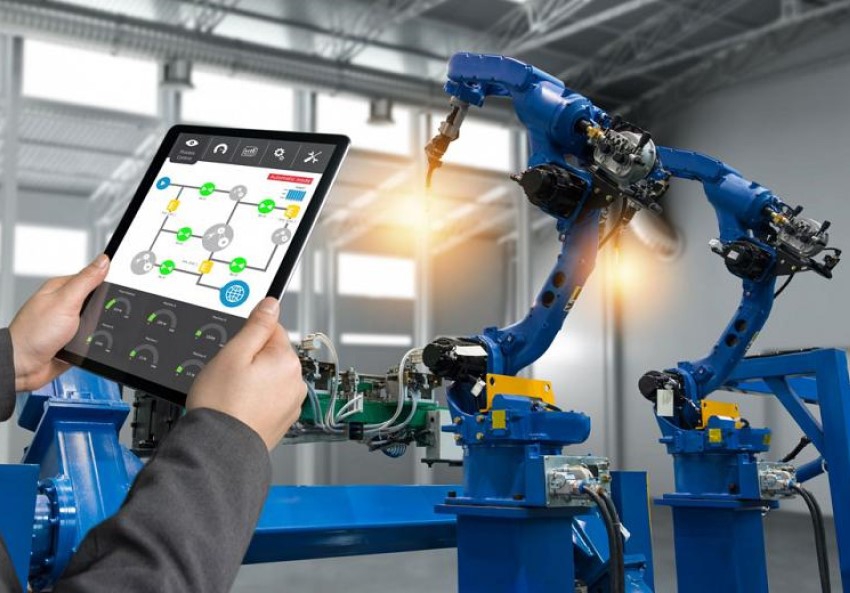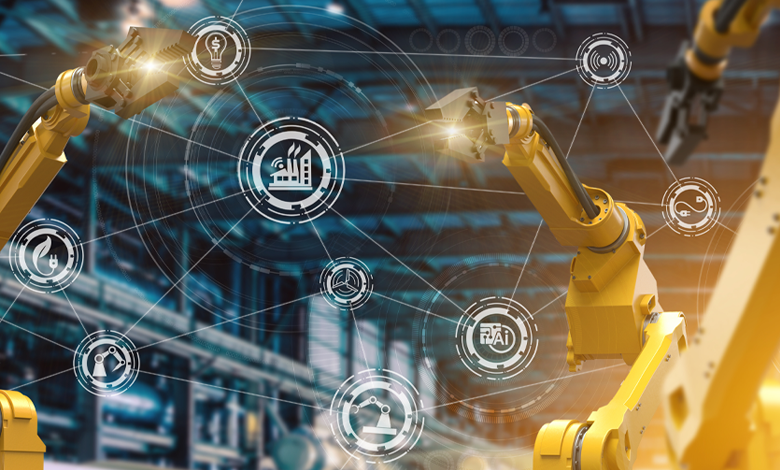
Artificial Intelligence-Driven Quality Control in Manufacturing
The manufacturing industry is undergoing a major transformation, driven by the adoption of new technologies such as artificial intelligence (AI). AI is already being used to improve a wide range of manufacturing processes, from product design and development to production and quality control.
In this article, we will explore how AI is being used to drive quality control in manufacturing. We will discuss the benefits of AI-driven quality control, the challenges involved in implementing AI solutions, and some of the best practices for success.

Benefits of AI-Driven Quality Control
AI-driven quality control offers a number of benefits over traditional quality control methods. These benefits include:
- Improved accuracy: AI can be used to identify defects that are difficult or impossible for human inspectors to detect. This can lead to a significant improvement in the quality of manufactured products.
- Reduced costs: AI-driven quality control solutions can help manufacturers to reduce costs by automating time-consuming and error-prone inspection tasks.
- Increased efficiency: AI can help manufacturers to improve the efficiency of their quality control processes by automating tasks and providing real-time feedback on product quality.
- Enhanced compliance: AI-driven quality control solutions can help manufacturers to comply with regulatory requirements by providing accurate and consistent data on product quality.

Challenges of AI-Driven Quality Control
While AI-driven quality control offers a number of benefits, there are also a number of challenges that manufacturers need to be aware of. These challenges include:
- The high cost of implementing AI solutions: AI-driven quality control solutions can be expensive to implement, especially for small and medium-sized manufacturers.
- The need for specialized skills: Implementing AI solutions requires specialized skills in data science, machine learning, and artificial intelligence.
- The potential for bias: AI algorithms can be biased, which can lead to unfair or inaccurate results.
- The need for continuous training: AI algorithms need to be continuously trained in order to keep up with the latest changes in product quality.

Best Practices for Implementing AI-Driven Quality Control
Despite the challenges, AI-driven quality control can be a valuable tool for manufacturers who want to improve the quality of their products and processes. To achieve success, manufacturers should follow these best practices:
- Start with a clear goal in mind: What do you want to achieve with AI-driven quality control? Do you want to improve accuracy, reduce costs, or increase efficiency? Once you know what you want to achieve, you can start to develop a plan for implementing AI solutions.
- Do your research: There are a number of different AI solutions available on the market. It's important to do your research and choose a solution that is right for your needs.
- Get the right people on board: Implementing AI solutions requires specialized skills. Make sure you have the right people in place to support the implementation and ongoing use of AI-driven quality control solutions.
- Test and evaluate your solutions: It's important to test and evaluate your AI solutions to make sure they are working as expected. You should also monitor the results of your AI solutions over time to make sure they are continuing to meet your needs.

Conclusion
AI-driven quality control is a powerful tool that can help manufacturers to improve the quality of their products and processes. By understanding the benefits, challenges, and best practices for implementing AI solutions, manufacturers can make informed decisions about whether or not AI-driven quality control is right for them.

Here are some additional resources that you may find helpful:

- AI for Quality Control: A Guide for Manufacturers
- How AI Can Improve Quality Control in Manufacturing
- The Benefits of AI-Driven Quality Control
- AI-Driven Quality Control Solutions for Manufacturers
Post a Comment